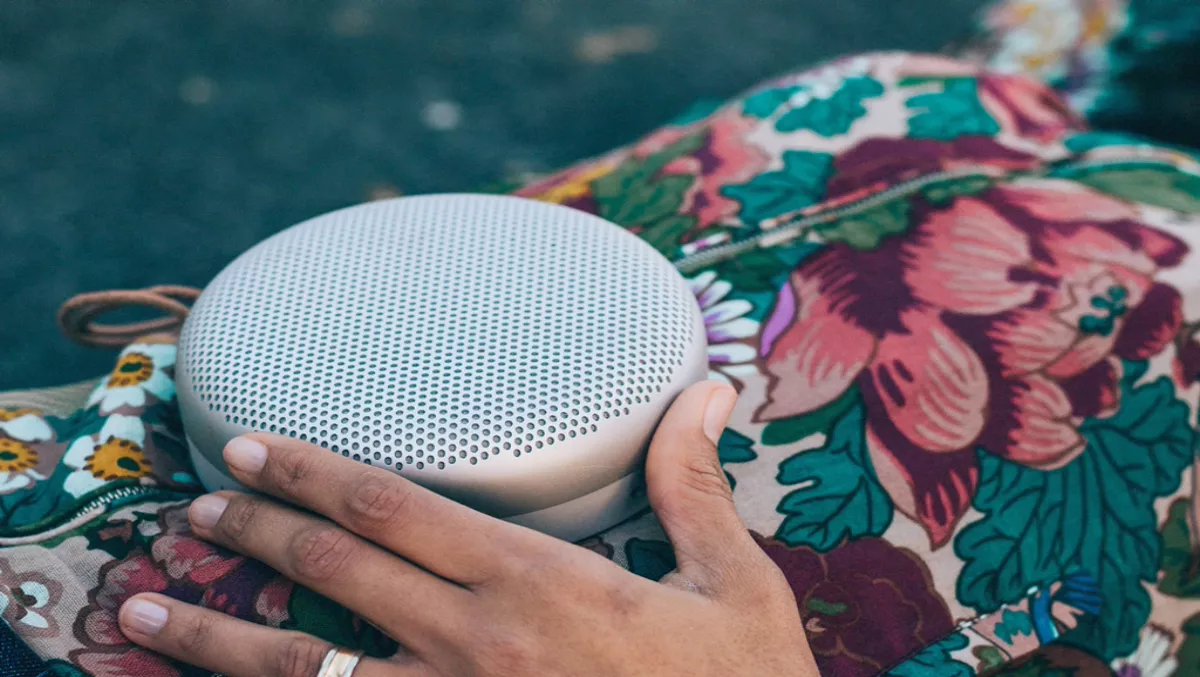
Hands-on review: B&O Beoplay A1 portable speaker
Bang - Olufsen (B-O) strikes me as being one of those premium Danish brands. It screams quirky home décor that looks like it's been dreamed up by an interior designer.
The Beoplay A1 portable speaker fits right into that sweeping statement, and boy does it have the sound quality to match.
It can be hooked up over Bluetooth/wi-fi to work with the BeoMusic app to build standalone music playlists or additional compatibility through your smart device through Deezer or TuneInRadio.
Music is the best when you can feel it in your bones: when you can feel the vibrations and when it can whip your senses into a frenzy. Make no mistake, that is how good the bass is on the Beoplay A1.
Design When the market for portable Bluetooth speakers is getting incredibly competitive, everyone is clambering to make waterproof, dustproof, mudproof, dirtproof speakers, but they sometimes compromise on sound.
The A1 is splash and dust resistant, but not entirely waterproof or dustproof. What it lacks in gimmicks, it makes up for in sound. 13.3cm round by 4.8cm deep, this 600 gram speaker is portable with a 30W woofer and tweeter under the shell. It boasts 360° sound and 2x140 watts at peak outage.
Its back consists of soft polymer and its flat sensitive buttons are built into the device. A 3.5mm mini jack is also included, if you ever want to use it. It charges by USB-C to USB-A cable, and can also connect to your devices for conference calls.
The battery lasts up to 24 hours, according to the official specs. I think I may have achieved 18-20, though this was will incredibly heavy use and constant volume changes. One thing I found is that it gets warm very quickly at full volume.
It also has a built-in microphone, which means you can use it as an external source when taking calls. Short press one button to answer incoming calls, long press to reject or hang up. A couple of short presses can mute or unmute your mic.
How does it sound?
For every speaker review I do, I have a standard music playlist that covers many genres (dubstep, rock, classical, hip hop, rap, pop, instrumental and even some choral to mix things up), all which put speaker quality to the test.
This time around I was so impressed that I spent half my time trying to find some of the bassiest and highest-pitch songs to see if I could find fault.
Although I didn't go quite as far as the high-pitch tones you get on listening tests, this speaker covered all ranges really well. The specs mention a range of 60-24,000 hz. In short, it can handle almost anything well (though please don't quote me on this, audiophiles). With extra tweaking of music settings, this speaker can handle almost anything.
Is it worth its $445 RRP price tag? If you're going to get a portable speaker, you may as well do it right and go for something that sounds incredibly good.


